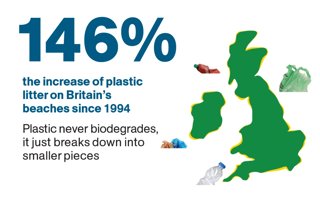
Mission Blue
Sylvia Earle, is known as a “Living Legend” and the first “Hero for the Planet,” by the Library of Congress, USA. Sylvia is an oceanographer, explorer, author, and lecturer with experience as a field research scientist. She also is executive director for corporate and nonprofit organizations, including the Aspen Institute, the Conservation Fund, American Rivers, Mote Marine Laboratory, Duke University Marine Laboratory, Rutgers Institute for Marine Science, the Woods Hole Oceanographic Institution, National Marine Sanctuary Foundation, and Ocean Conservancy.
Former chief scientist of NOAA, Earle is founder of the Mission Blue Foundation and chair of the Advisory Council for the Harte Research Institute for Gulf of Mexico Studies. She has a B.S. from Florida State University, an M.S. and a Ph.D. from Duke University, and 15 honorary degrees. She has authored more than 150 scientific, technical, and popular publications, lectured in more than 60 countries, and appeared in hundreds of television productions.
Earle is the author of many books on the ocean, including Sea Change: A Message of the Oceans and, most recently, Ocean: An Illustrated Atlas, with Linda K. Glover. Earle has led more than 60 expeditions and logged more than 6,000 hours underwater, including leading the first team of women aquanauts during the Tektite Project in 1970 and setting a record for solo diving to a depth of 1,000 meters (3,300 feet). Her research concerns marine ecosystems with special reference to exploration and the development and use of new technologies for access and effective operations in the deep sea and other remote environments.
Honors include winning 2009 TED Prize, the Netherlands Order of the Golden Ark, inclusion in the National Women’s Hall of Fame and the American Academy of Achievement, and medals from the Explorers Club, the Philadelphia Academy of Sciences, the Lindbergh Foundation, the National Wildlife Federation, Sigma Xi, Barnard College, the New England Aquarium, the Seattle Aquarium, the Society of Women Geographers, and the National Parks Conservation Association.
“In the last 25 years, I haven’t been diving anywhere, even 2 miles under the sea, without seeing some form of our trash, a lot of it plastic” Sylvia Earle
What is the Great Pacific Garbage Patch?
It is an area in the North Pacific Ocean where vast amounts of marine litter is caught up in oceanic currents. Much of this litter is microscopic pieces of plastic. These currents accumulate waste floating in the ocean.
The area is an oceanic desert, filled with tiny phytoplankton but few big fish or mammals. Due to its lack of large fish and gentle breezes, fishermen and sailors rarely travel through. A report by the United Nations Environment Programme (2006) stated that in the Central Pacific, there are up to 6 pounds of marine litter to every pound of plankton.
Gyres
A gyre is a slowly moving spiral of oceanic currents created by a high-pressure system of air currents.This forms a place for ocean debris to collect. Plastic is then carried into stable circular currents, or gyres like ocean ring-roads. There are 5 main gyres, along with several smaller gyres in Alaska and Antarctica:
-
North Pacific Ocean
-
South Pacific Ocean
-
North Atlantic Ocean
-
South Atlantic Ocean
-
Indian Ocean

